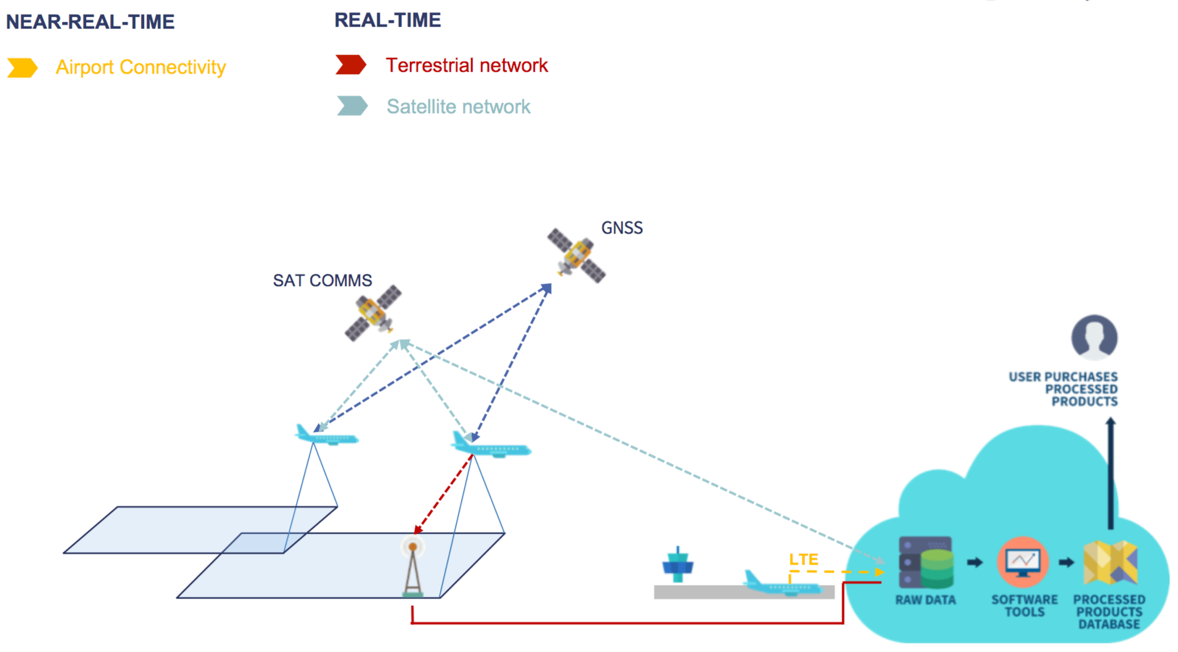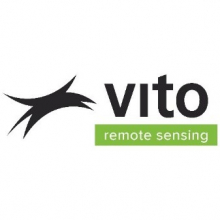
Objectives of the service
 The use of existing aerial infrastructure avoids high launch costs, and furthermore does not create space debris.
The use of existing aerial infrastructure avoids high launch costs, and furthermore does not create space debris.


Such services create cross-industry value:
- Airliners will be able to extract unexploited value from their existing infrastructure
- Constellation developers/users benefit from the new ‘platform’ through decreased cost, as it solves the costly launch issue
- A new market is opened for CubeSat and HAP’s payload manufacturers and equipment providers
- A new source of data for EO service providers and value added resellers
ORCA is a most ecological constellation re-using the most reliable platform, making high quality data available to all, fueling pioneering developments.
Users and their needs
Service/ system concept

Space Added Value
The ORCA system will use GNSS/GPS and Satellite Communications and will use/complement/enhance space-based earth observation data and coverage. The added value is that of higher spatial and temporal resolution.
Current Status
The project phase 1 was kicked-off in May 2017. The CDR was successfully held in October 2017, after which the On-Site Acceptance Test was held in November 2017. The flight test campaign, including telecommunication and Earth observation flight tests, was performed in November and December of 2017. Airport connectivity tests were furthermore executed in November of 2017. The project final review was held on the 22nd of February, 2018. The technical, business, and legal evaluations of the concept all illustrate the concept’s great potential, where the second phase (which includes the first installations on commercial passenger aircraft) will be kicked off in Q2-3 2018.







